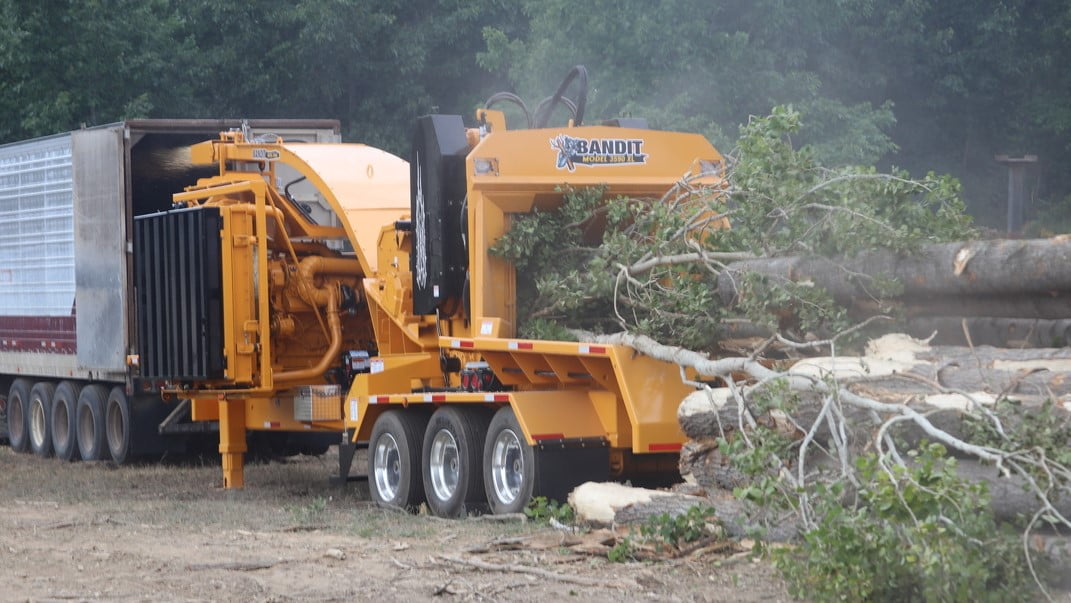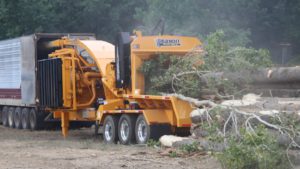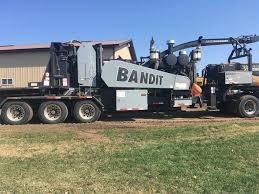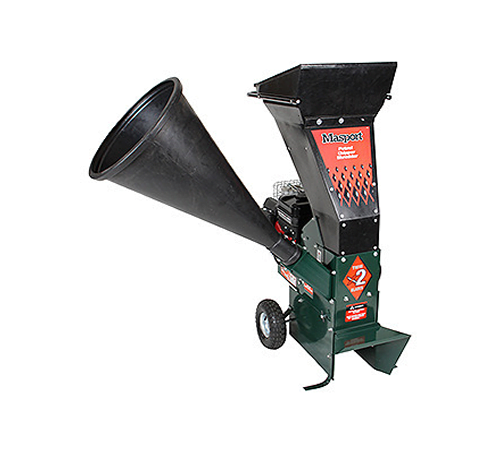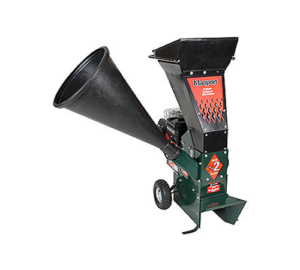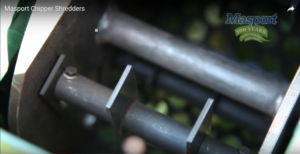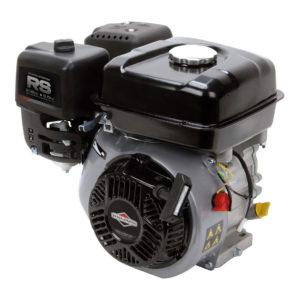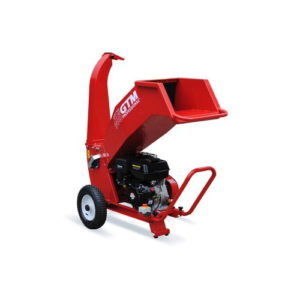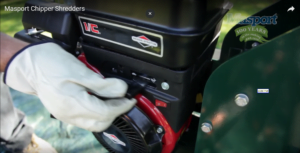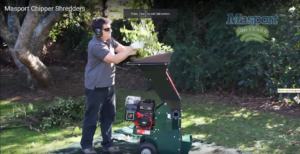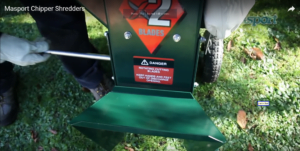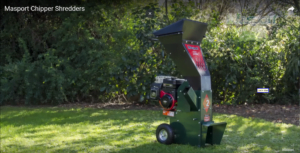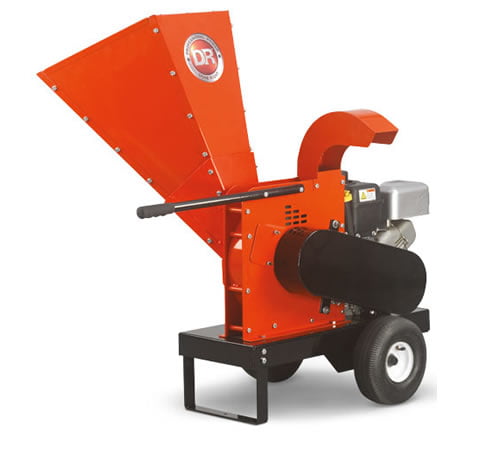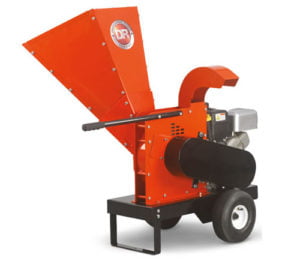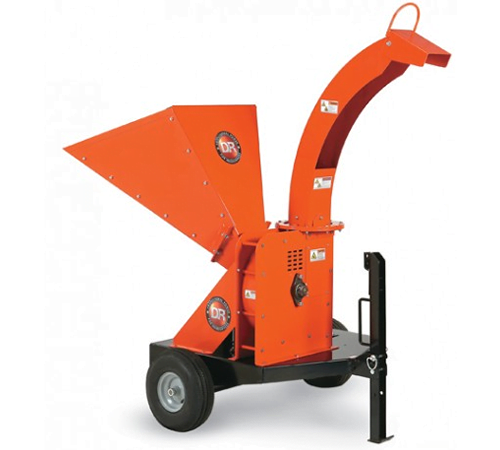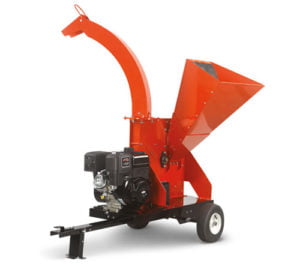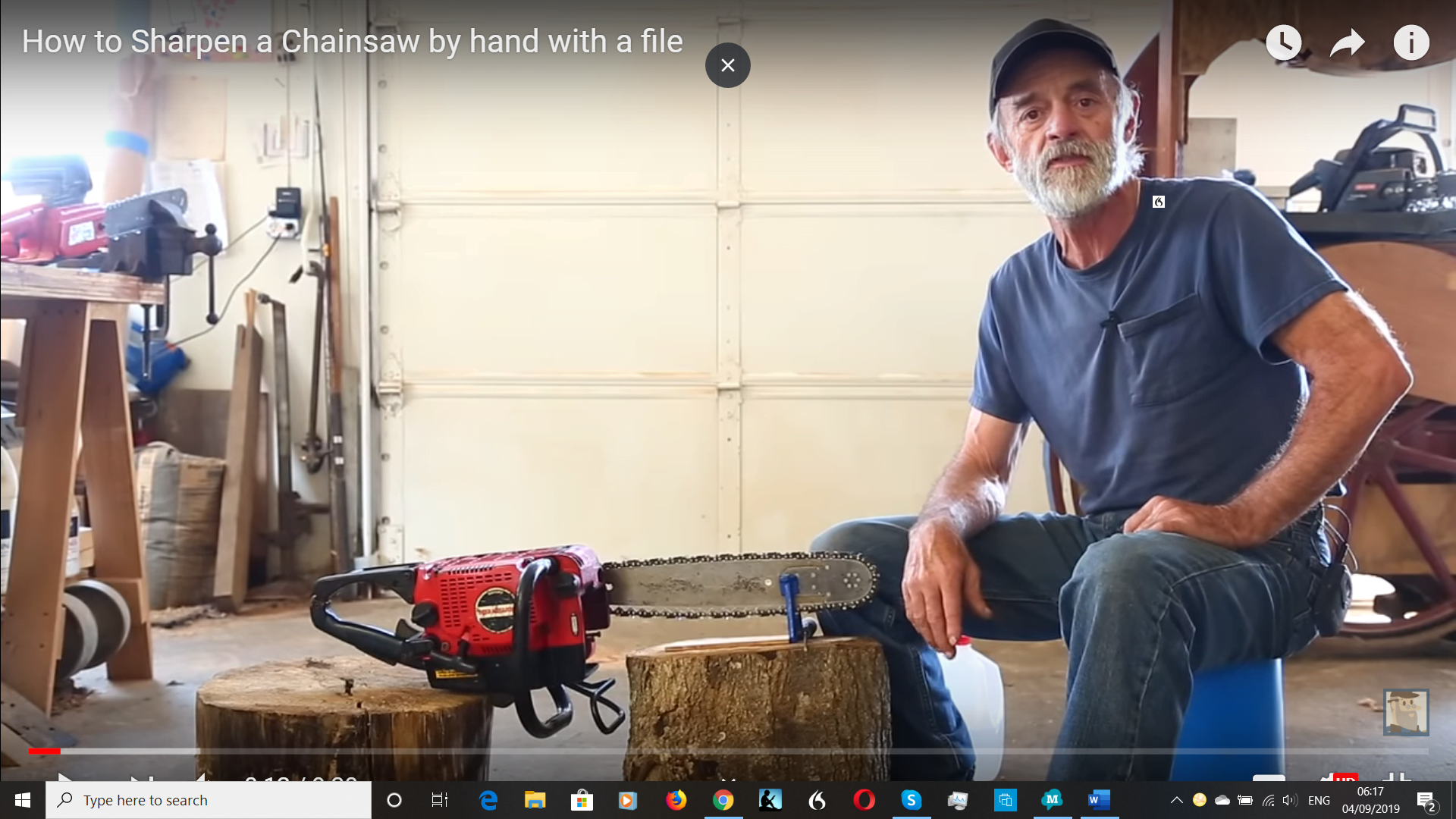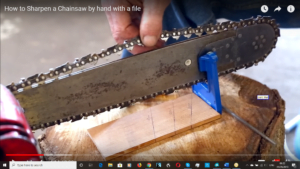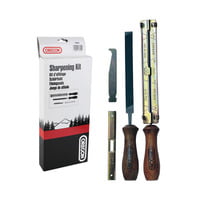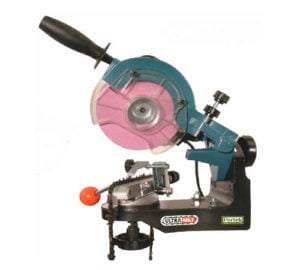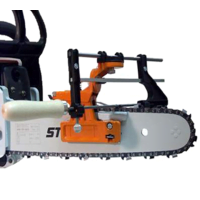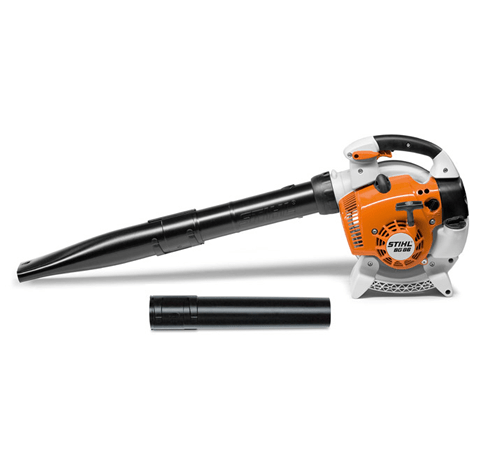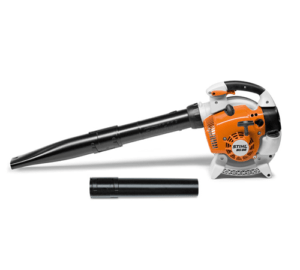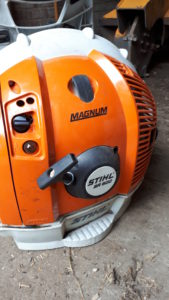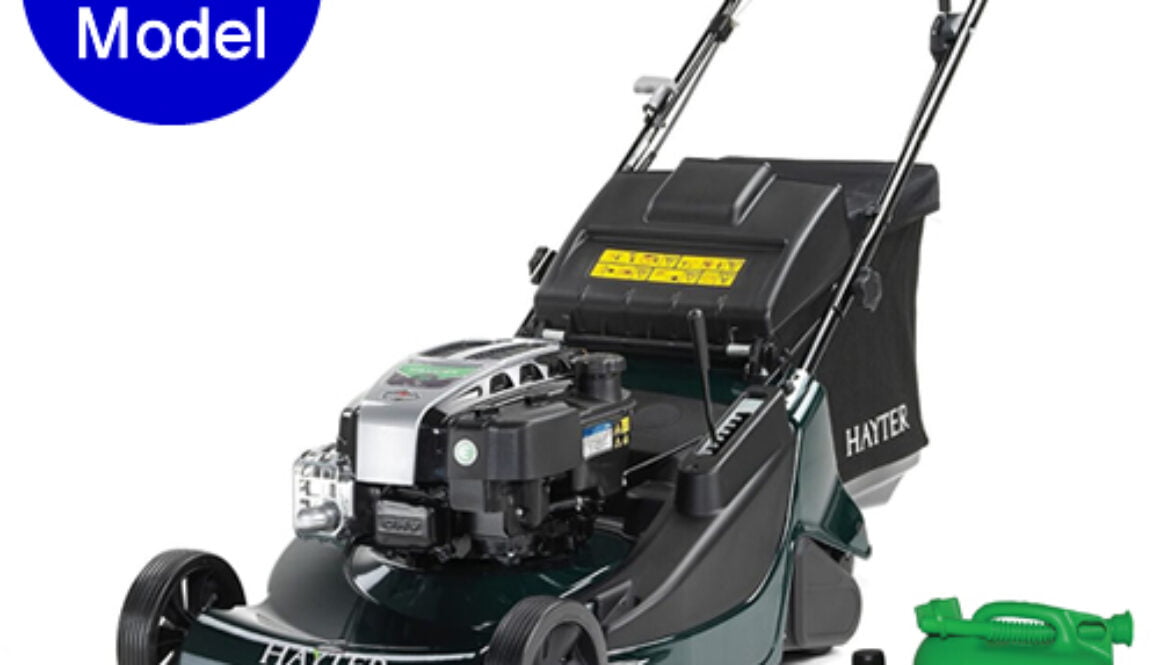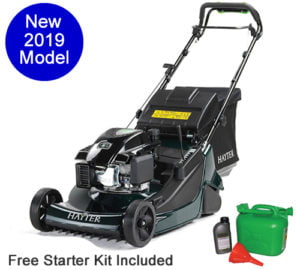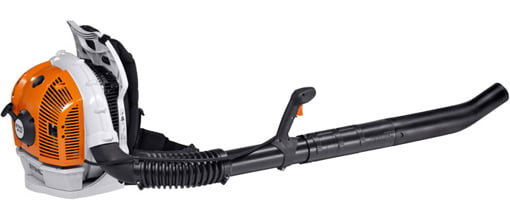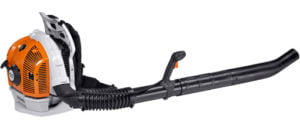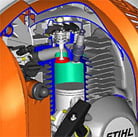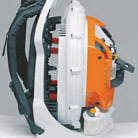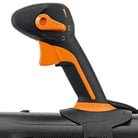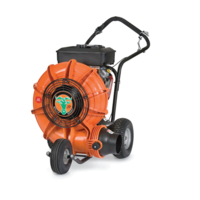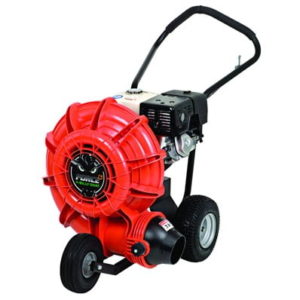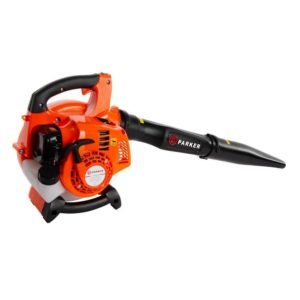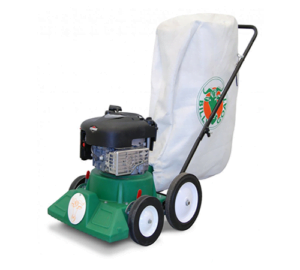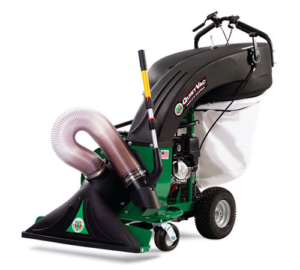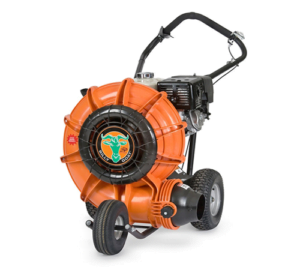Camon LS42 Lawn Scarifier
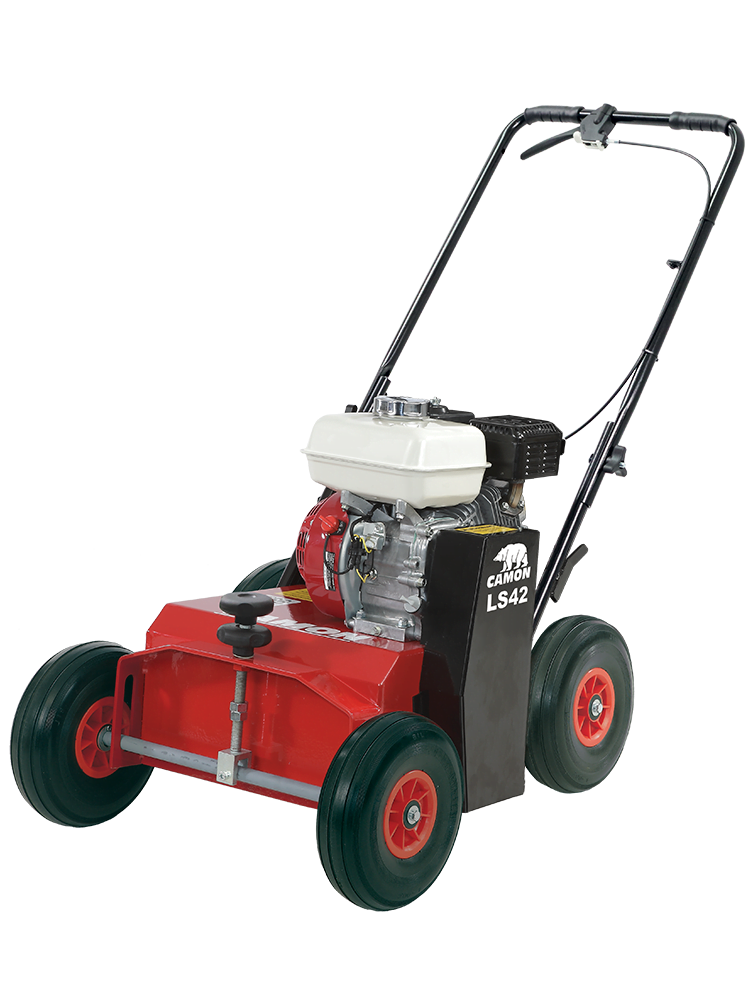
Today we are looking at the Camon LS42 lawn scarifier. Lawn scarifiers are designed to move moss and thatch from your lawn, which will allow the grass to thrive and leave you with a healthier-looking lawn.

All lawns vary from each other and some have more of a tendency to build up moss and thatch over the years. Often when I’m cutting a lawn I will cut the lawn in the same direction every time. This has good and bad points; by cutting the lawn in the same direction it really leaves a good striped finish that can literally last all winter. However, the problem with mowing in the same direction every time is that there is a tendency for thatch and moss to build up. This can be overcome by scarifying in spring and autumn.
You Can Find More Scarifiers Here
Built-In The UK
The Camon scarifier is built in the UK and has been designed to do the job of scarifying as simply and efficiently as possible.
Before we get into the most important aspect of this scarifier, which is the blades, I would like to go through some other important points with this machine.
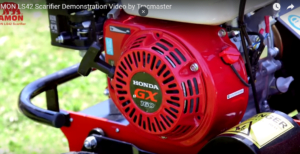
Engine
The Camon scarifier is powered by a genuine Honda GX 160cc petrol engine which develops approximately 5.5 hp, this is a genuine Honda engine, not a lookalike Honda engine as some manufacturers are now fitting! The Honda GX models of engines are the finest engines in this power range. Honda obviously has great faith in their engines as they are backed up by a two-year commercial warranty.
The engine on any powered machine is obviously very critical. This is why in my opinion it is always good to spend money on a quality engine. It may cost you a little bit more than a conventional engine, but it is well worth paying the extra for a quality product.
Over the years I have had Honda engines on various machines and I have to say that they are excellent engines. Not only in reliability but also in fuel economy which is so important when we are using a machine regularly.
I have often left Honda engines several months over the winter period without starting them to find that in the spring they start on the first pull. I wouldn’t necessarily recommend leaving an engine all winter without starting as I think it’s good to keep engine parts moving on a regular basis. Normally I like to try and start an engine three or four times over the winter period. I don’t know if this is actually correct but it is something that I have always done and I believe it is a good practice.
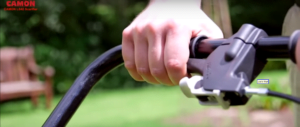
Blade Engagement
Another key feature of the Camon scarifier is the way that the blades are engaged. Camon use a top of the range centrifugal clutch. The clutch works when the revs of the Honda engine get up to 2800 rpm. So when the engine is started, it is running at tick over and the blades will not be rotating. When you get to the area of work, simply pull the operating lever up, the revs will increase, and the blades will automatically engage.

Removable Collection Bag
The Camon scarifier features a collection bag, this is a very useful feature as it is amazing how much thatch and moss, can be removed from the average lawn. However, the machine can be used without the collection bag and then collected with either a large garden tractor with a collection facility or a powered vacuum like a Billy Goat or something similar.
More Features
The Camon scarifier comes with folding handlebars which is ideal for storage and transportation purposes. Puncture foam filled tyres come standard on this machine, which I believe to be a great feature. Over the years I’ve spent far too long dealing with punctures that can cost you huge amounts of money in lost time, so to me this is really great feature.
Floating Front Axle
The machine also has a floating front axle that prevents the machine from scalping the lawn, something that you do not want to happen.
Height Adjustment
Height adjustment is very straightforward on the Camon scarifier. The adjuster sits at the front of the machine, simply turn clockwise to raise the machine and anticlockwise to lower the machine. There is a locking nut that keeps the scarifier at the correct height when in use. Simply, adjust the scarifier to the desired height and use the locking nut to secure the height.
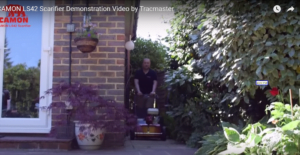
Scarifier Width
The scarifier is very easy to manoeuvre through gates and pathways et cetera, with a maximum width of 24 inches the machine will go most places, including an average size garden gate.
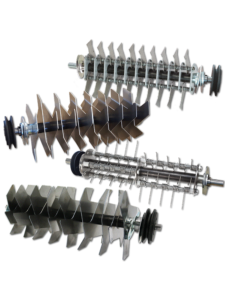
Types Of Blades
The most important feature of any scarifier is the type of blades used on the machine. The Camon scarifier comes with three different blade options. The most popular option being the free-swinging rotor assembly as the photograph shows below. This is the best all-round rotor assembly that offers excellent results on both moss and thatch. It features 30 hardened steel blades, which are spaced 1.2 cm apart. The blades are 1.6 mm thick which offers a good balance between the lifetime of the blade and slicing through the thatch. The blades are staggered to give maximum coverage so that the maximum amount of thatch is removed in one pass.
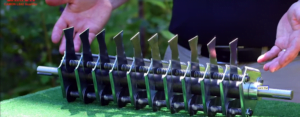
Free Swinging Blades
The blades are free swinging which means if you happen to hit an obstacle they will immediately swing out the way and not damage the rotor. The blades are sprung loaded that allows for some movement from side to side which provides added protection to the blades.
One of the best features of this rotor is that it is reversible. So that once the blades have worn on one side, simply remove the rotor and turn it around and you have a fresh edge.

Spring Rotor Assembly
The rotor shown in the picture above is the spring rotor assembly. As you can see with this setup it comprised of hook springs rather than blades. This rotor still removes large quantities of moss and thatch. The spring rotor system is much gentler on your lawn which will enable the lawn to come around much quicker.
Due to the nature of the spring rotor assembly customers can use this later on in the spring and the summer due to the more gentle nature of the cartridge.
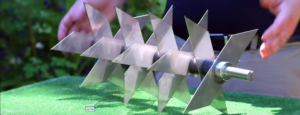
Fixed Blade Rotor
The above photograph is the fixed blade rotor assembly. You will notice that there are far fewer blades on this rotor assembly, there are actually just 12 blades as opposed to 30 blades on the other two rotor assemblies. These blades are made out of slightly thicker material, which actually measures 2 ½ mm.
This fixed blade rotor is the most cost-effective rotor. However, this type of rotor is used more as a verticutter. It would be used for overfeeding or top dressing your lawn. The blades are designed to go deeper into the soil, up to 4 mm, which will allow good contact of the seed with the soil.
Built To Last
Camon obviously believes in their products, I do know that Camon products are often used by hire companies, which suggests something good!
Camon offers a two-year commercial warranty on their scarifier which to me gives me great confidence when purchasing a product.
The machine comes ready to use and is all boxed. Simply unbox, check the oil level to be on the safe side and fill with unleaded petrol and you’re ready to go.
You can see more Camon scarifiers here and other makes of scarifier here.
Specification
LS42 Lawn Scarifier/Slitter/Rake
| Engine | Honda GX160 |
| Fuel | Petrol |
| Net Power Output | 4.8hp / 3.6kW @3600rpm |
| Starting | Recoil |
| Fuel Tank Capacity | 3.1L |
| Fuel Consumption | 1.4L per hour @3600rpm |
| Working Width | 42cm (17″) |
| Cartridge | LS42 – Free swinging blades (30 blades) |
| LS42F – Fixed blades (15 blades) | |
| LS42R – Spring rake (30 springs) | |
| Collection Bag | Optional (45L) |
| Weight | 63kg |
| Dimensions (L W H) | 98cm x 67cm x 120cm |
| Warranty | Domestic use – 3 years |
| Commercial use – 2 years |
Please feel free to comment Below.
